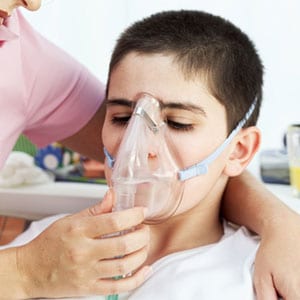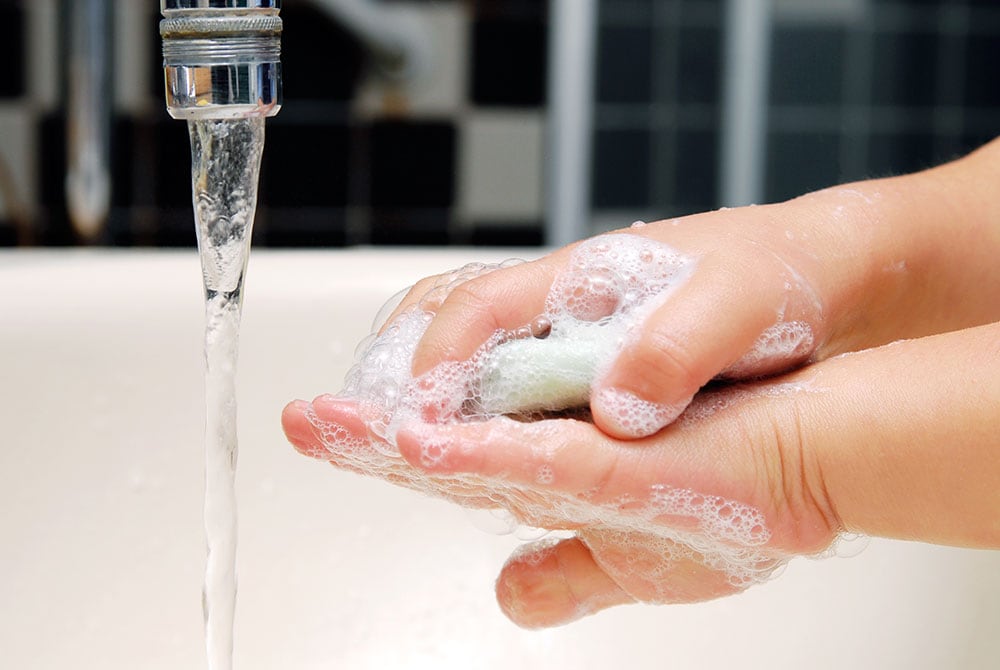Diagnosis, Treatment, and Complications
Diagnosis
There’s no quick way to test for Mycoplasma pneumoniae infections, unlike some other respiratory illnesses. Instead, healthcare providers often examine the patient and look for signs and symptoms of M. pneumoniae infection. They may order a chest x-ray to see if the patient has pneumonia.
Most healthcare providers don’t test for M. pneumoniae infection. If they do test, healthcare providers collect a specimen and send it to a lab. The types of specimens that can be collected include:
- Most common: A swab from the nose or throat
- Least common: Blood
Treatment

Mycoplasma pnuemoniae infections are generally mild, but some people may need care in a hospital.
Most people will recover from an infection caused by M. pneumoniae without antibiotics. Ask your doctor or pharmacist about over-the-counter medicines that can help you feel better while you’re recovering.
Doctors can use several types of antibiotics to treat people with pneumonia caused by M. pneumoniae. Antibiotics may help patients recover from the infection faster if started early on.
Some M. pneumoniae are resistant to some antibiotics used for treatment. Learn more about the potential danger of antibiotic resistance, and how to prevent it at CDC’s Be Antibiotics Aware website.
Complications
While M. pneumoniae usually causes mild infections, severe complications can occur, some of which require care in a hospital. M. pneumoniae infections can cause or worsen the following conditions:
- Severe pneumonia
- Asthma attacks or new asthma symptoms
- Encephalitis (swelling of the brain)
- Hemolytic anemia (too few red blood cells, which means fewer cells to deliver oxygen in the body)
- Renal dysfunction (kidney problems)
- Skin disorders like Stevens-Johnson syndrome, erythema multiforme, mucositis, and toxic epidermal necrolysis



